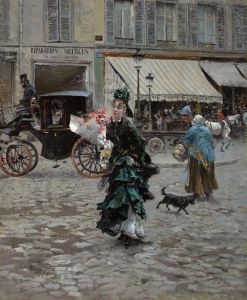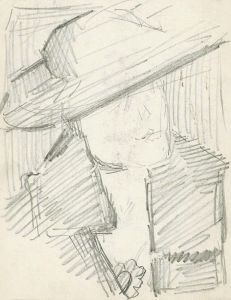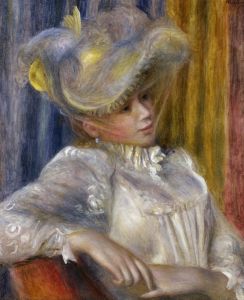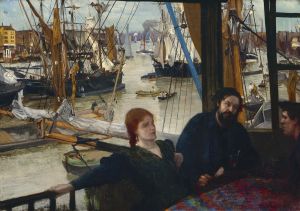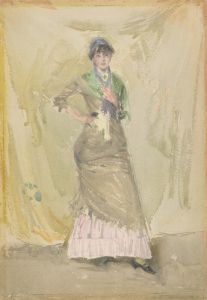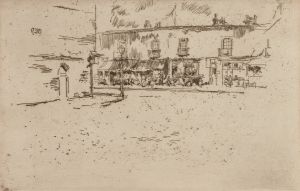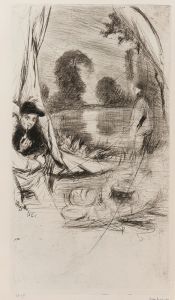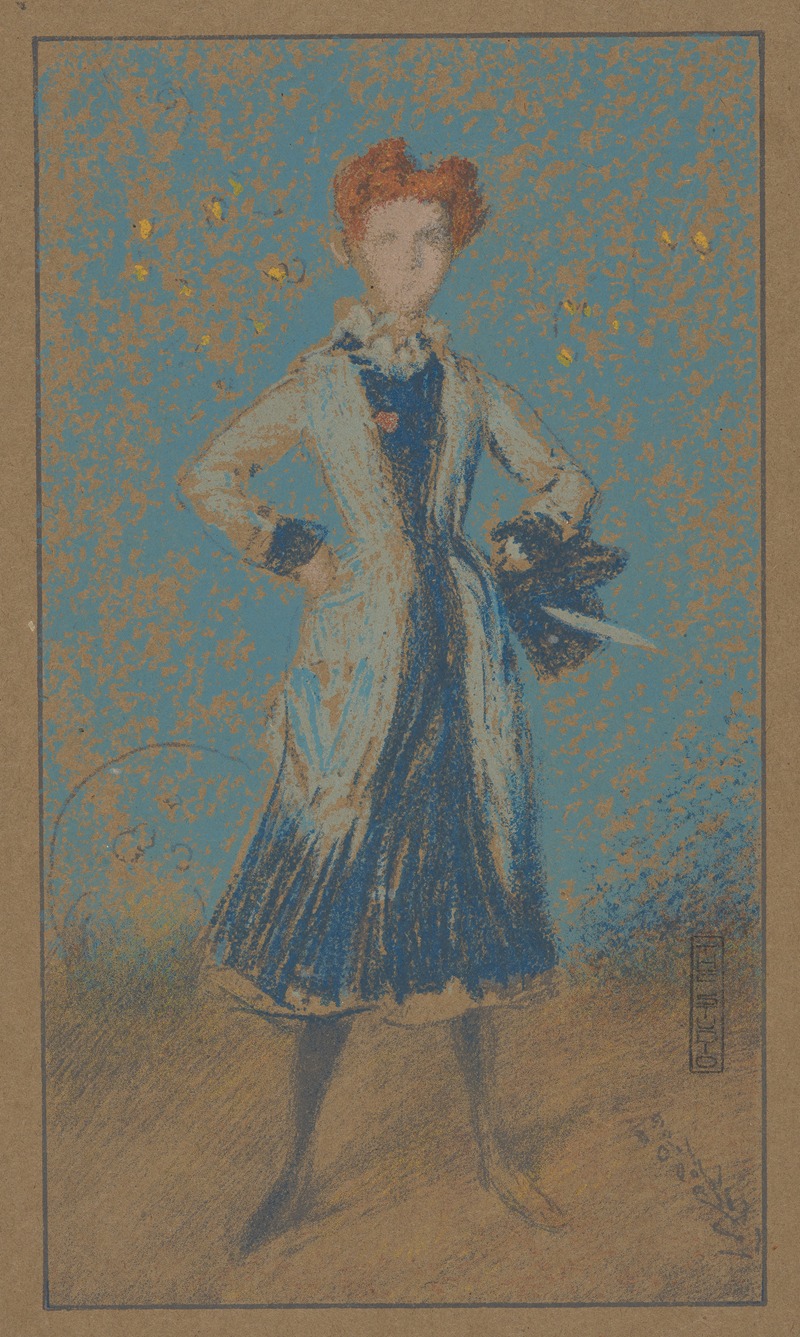
The blue girl
A hand-painted replica of James Abbott McNeill Whistler’s masterpiece The blue girl, meticulously crafted by professional artists to capture the true essence of the original. Each piece is created with museum-quality canvas and rare mineral pigments, carefully painted by experienced artists with delicate brushstrokes and rich, layered colors to perfectly recreate the texture of the original artwork. Unlike machine-printed reproductions, this hand-painted version brings the painting to life, infused with the artist’s emotions and skill in every stroke. Whether for personal collection or home decoration, it instantly elevates the artistic atmosphere of any space.
James Abbott McNeill Whistler was an influential American artist known for his contributions to the aesthetic movement and his innovative approach to painting. One of his notable works is "The Blue Girl," a painting that exemplifies his mastery of color and composition. Whistler's work often focused on the harmony of color and form, and "The Blue Girl" is no exception, showcasing his ability to create mood and atmosphere through subtle tonal variations.
"The Blue Girl" is part of Whistler's exploration of color symphonies, where he sought to create a visual experience akin to a musical composition. This painting, like many of his others, reflects his belief in "art for art's sake," a philosophy that emphasizes the intrinsic value of art, independent of narrative or moral content. Whistler was known for his use of a limited color palette, which in this case, centers around various shades of blue, creating a serene and contemplative mood.
The subject of "The Blue Girl" is depicted in a simple, yet elegant pose, dressed in a blue gown that harmonizes with the background. Whistler's technique involved delicate brushwork and a focus on the interplay of light and shadow, which adds depth and dimension to the figure. The painting's composition is carefully balanced, with the figure placed slightly off-center, drawing the viewer's eye across the canvas and inviting them to linger on the subtle details.
Whistler's approach to portraiture was innovative for his time. He often eschewed detailed backgrounds and instead opted for a more abstract setting that allowed the viewer to focus entirely on the subject. This technique is evident in "The Blue Girl," where the background serves to complement the figure rather than distract from it. The simplicity of the setting enhances the overall impact of the painting, allowing the viewer to appreciate the nuances of color and form.
"The Blue Girl" is a testament to Whistler's skill as a colorist and his ability to convey emotion through visual means. His work was influential in the development of modern art, as he challenged traditional notions of representation and narrative in painting. Whistler's emphasis on the aesthetic qualities of art paved the way for future movements that prioritized form and color over content.
While "The Blue Girl" may not be as widely recognized as some of Whistler's other works, such as "Arrangement in Grey and Black No. 1" (commonly known as "Whistler's Mother"), it remains an important example of his artistic philosophy and technical prowess. Whistler's legacy continues to be celebrated for his contributions to the art world and his role in shaping the direction of modern art.
In summary, "The Blue Girl" by James Abbott McNeill Whistler is a significant work that reflects the artist's dedication to the principles of the aesthetic movement. Through his innovative use of color and composition, Whistler created a painting that captures the viewer's attention and invites contemplation, embodying his belief in the beauty and value of art for its own sake.





